America’s Cup: Hull becomes fuselage
Published on October 1st, 2019
With images now of America’s Cup defender New Zealand and challenger USA sailing their recently launched AC75s, and the Italian and English challengers soon to launch , INEOS Team UK (GBR) skipper Ben Ainslie offers a few words on what it all means.
The AC75’s Rule 5.1 allows us to build six foil wings and 20 foil flaps, but we can only construct two hulls (and we can’t sail them at the same time). The teams have got just two opportunities to get this right.
The thing to remember when you look at the first versions of the AC75 is that the design parameters for its hull are very different to a non-foiling boat. It’s really a platform for the take-off and transition to foiling, and so it only has to perform its job in a limited range of conditions.
I can’t tell you what we think those are right now, but I think it’s safe to assume that no one is worried about the hull’s wave drag at 25 knots in a short chop.
They will, however, be worried about its aerodynamic resistance. Once the boat is up and flying on its foils, the hull’s aero drag becomes – along with its structural properties – the main performance factor.
So when the first AC75s appear in photos on websites, remember that you’re looking at a boat that needs to reach take-off speed as quickly as possible across a range of wind speeds and angles, and then needs to pass through the air with the minimum of resistance. Judge it on those parameters.
Recent photos of American Magic by Daniel Forster:
In addition to Challenges from Italy, USA, and Great Britain that were accepted during the initial entry period (January 1 to June 30, 2018), eight additional Notices of Challenge were received by the late entry deadline on November 30, 2018. Of those eight submittals, entries from Malta, USA, and the Netherlands were also accepted. Here’s the list:
Defender:
• Emirates Team New Zealand (NZL)
Challengers:
• Luna Rossa (ITA) – Challenger of Record
• American Magic (USA)
• INEOS Team UK (GBR)
• Malta Altus Challenge (MLT) – WITHDRAW
• Stars & Stripes Team USA (USA)
• DutchSail (NED) – WITHDRAW
Of the three late entries, only Stars+Stripes USA remains committed, but they still must complete the entry fee payment process before they will be eligible to race. They have already paid their initial payment but as a late entry challenger under the Protocol they also have a liability to pay a US$1million late entry fee due in installments by October 1, 2019. This deadline coincides with the venue schedule which has the construction of their team base beginning in late 2019, which we assume was done in the event the team is unable to fulfill their payment deadline.
Key America’s Cup dates:
✔ September 28, 2017: 36th America’s Cup Protocol released
✔ November 30, 2017: AC75 Class concepts released to key stakeholders
✔ January 1, 2018: Entries for Challengers open
✔ March 31, 2018: AC75 Class Rule published
✔ June 30, 2018: Entries for Challengers close
✔ August 31, 2018: Location of the America’s Cup Match and The PRADA Cup confirmed
✔ August 31, 2018: Specific race course area confirmed
✔ November 30, 2018: Late entries deadline
✔ March 31, 2019: Boat 1 can be launched (DELAYED)
✔ 2nd half of 2019: 2 x America’s Cup World Series events (CANCELLED)
October 1, 2019: US$1million late entry fee deadline
February 1, 2020: Boat 2 can be launched
April 23-26, 2020: First America’s Cup World Series event in Cagliari, Sardinia.
During 2020: 3 x America’s Cup World Series events
December 10-20, 2020: America’s Cup Christmas Race
January and February 2021: The PRADA Cup Challenger Selection Series
March 2021: The America’s Cup Match
AC75 launch dates:
September 6 – Emirates Team New Zealand (NZL), Boat 1
September 10 – American Magic (USA), Boat 1; actual launch date earlier but not released
Details: www.americascup.com


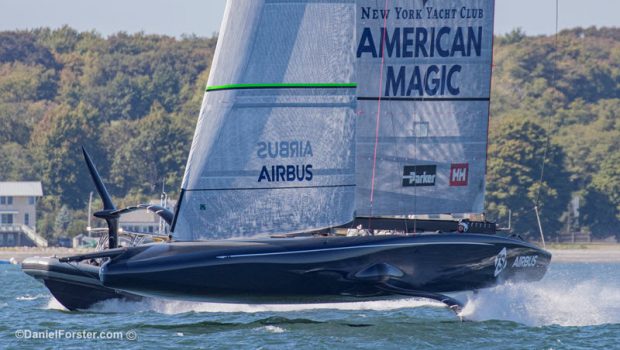

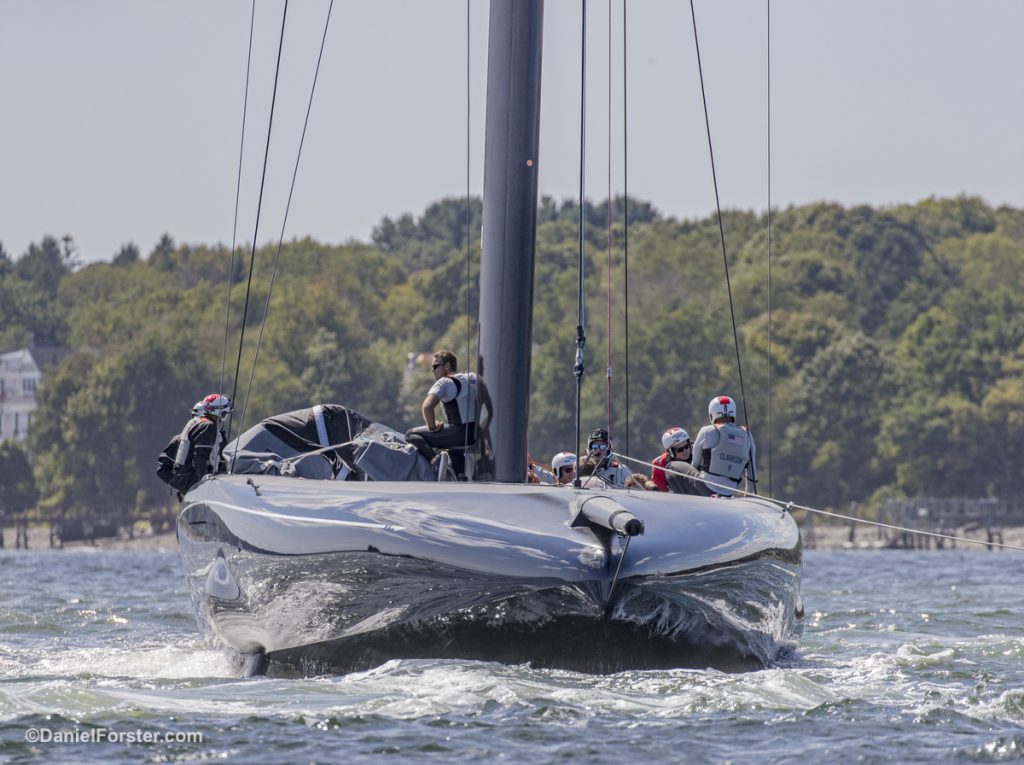
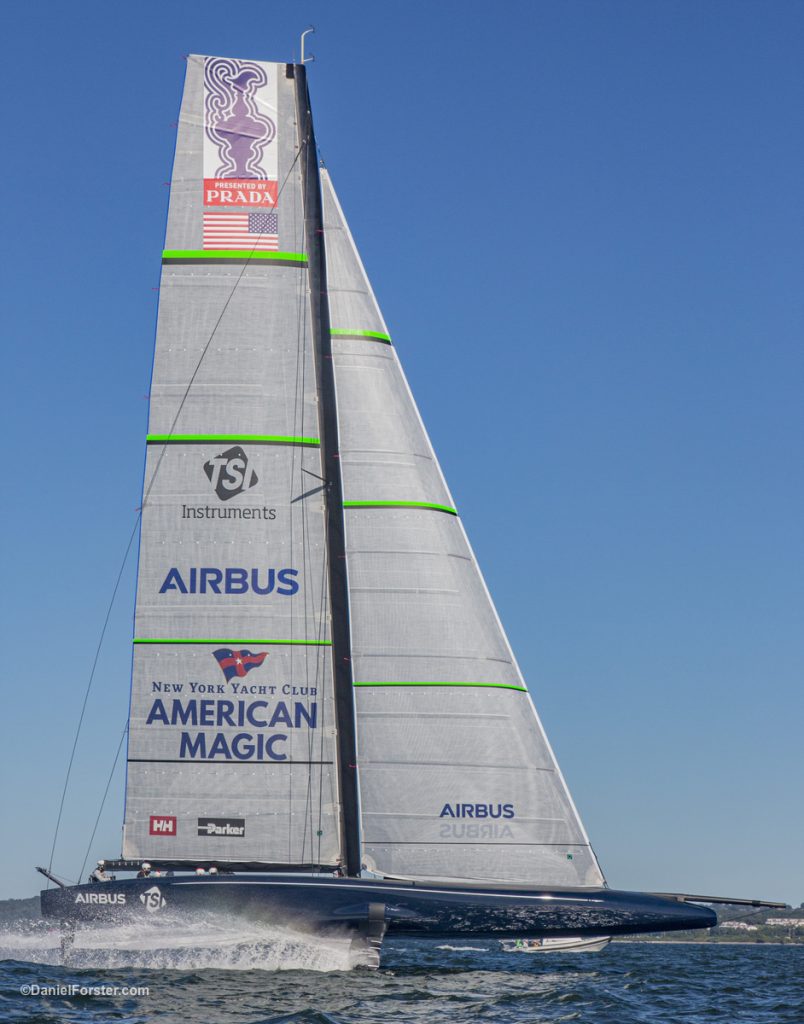

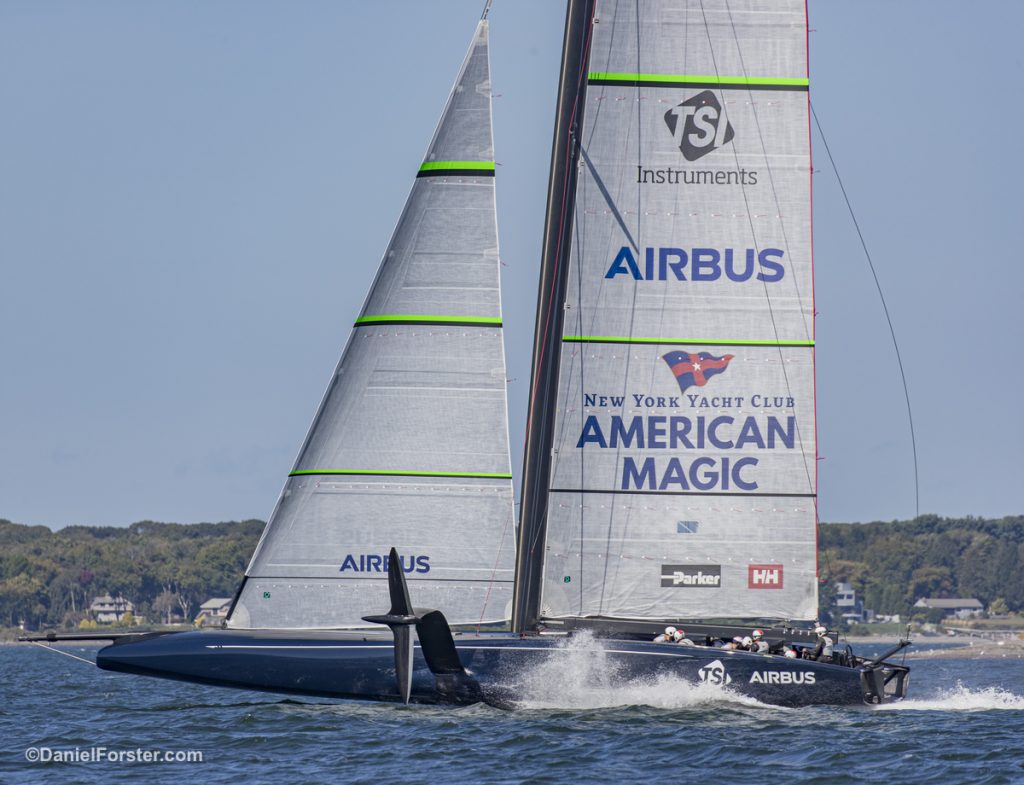

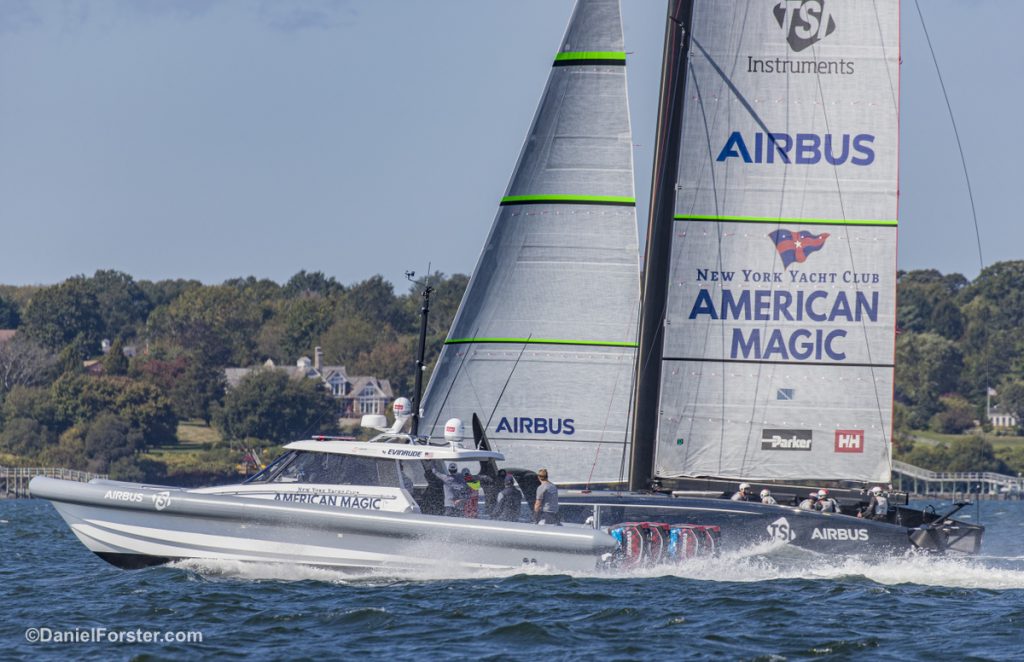
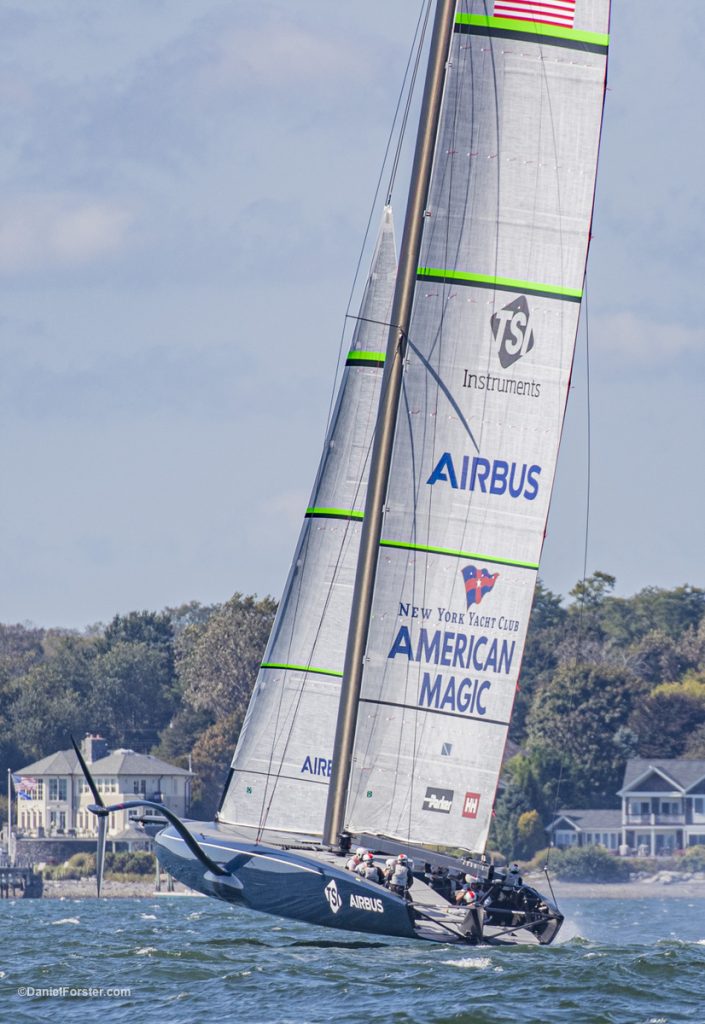
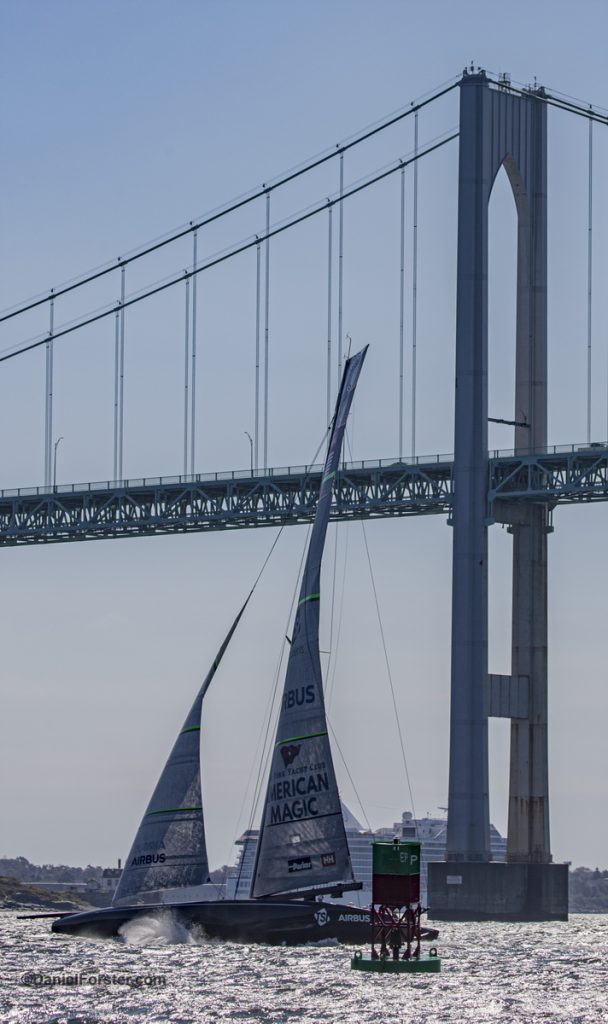

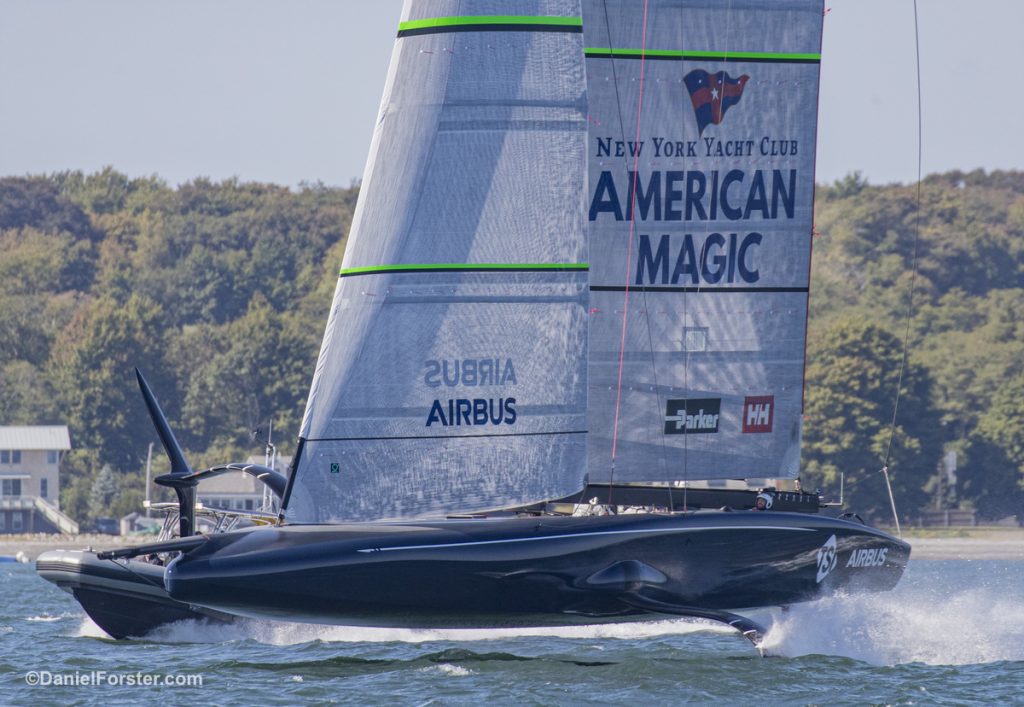

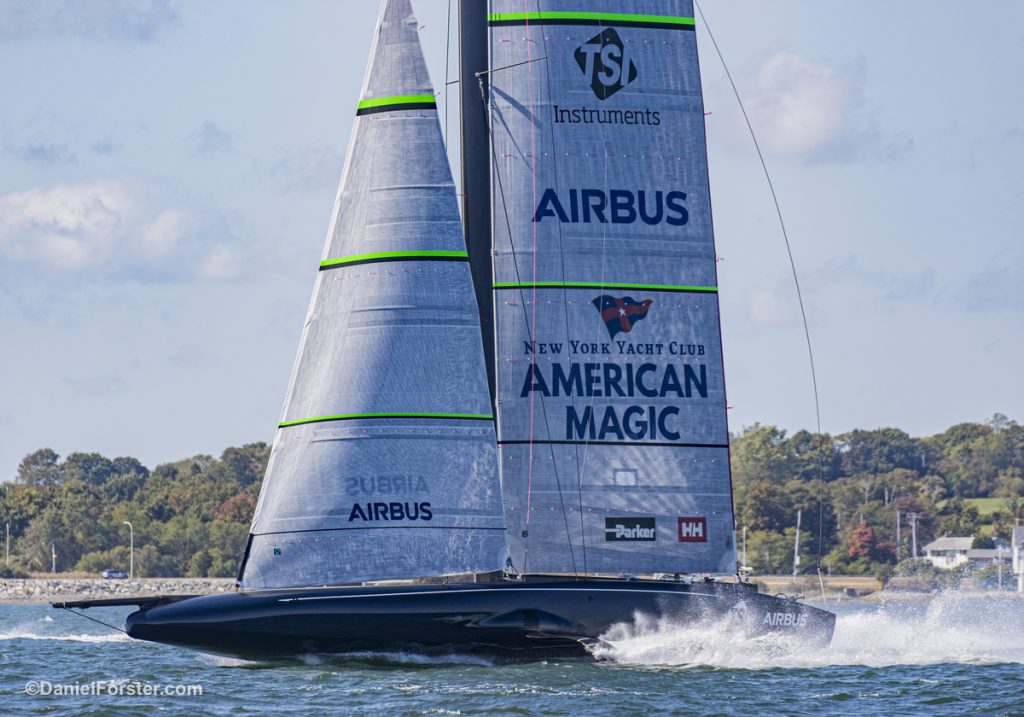

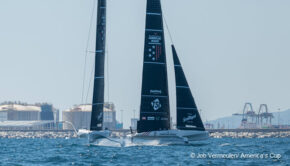
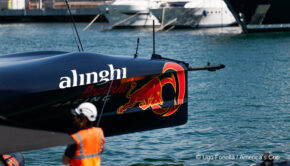

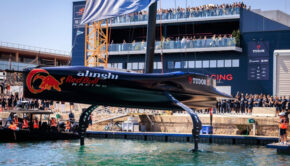
 We’ll keep your information safe.
We’ll keep your information safe.